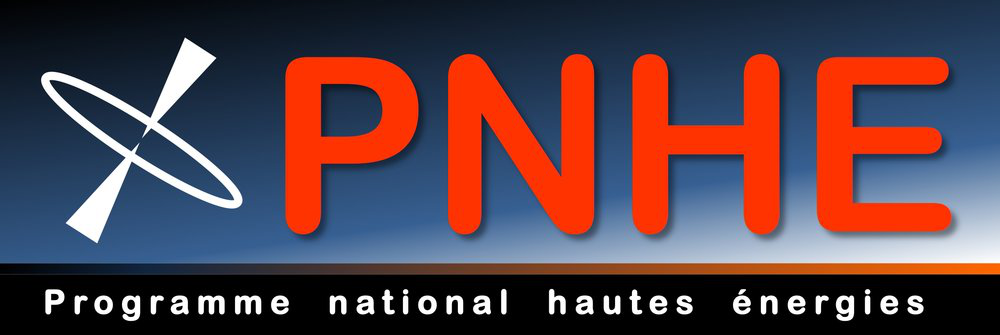Orateur
Description
Context. The Schwarzschild precession of the star S2 which orbits the massive black hole at the centre of the milky way could recently be detected with $\sim12\,\text{arc-minutes}$ per orbit by GRAVITY Collab. et al. (2020). The result also improved the $1\sigma$ upper bound on a possibly present dark continuous extended mass distribution (e.g. faint stars, stellar remnants, stellar mass black holes, dark matter) within S2's orbit to $\sim 4000\,M_\odot$. The secular (i.e. net) effect of an extended mass onto a star's orbit is known as mass precession. Its measurement is of interest in its own right, to learn about the matter content in the immediate vicinity of the black hole, but also since as a secular precession effect it acts as perturbation for the task of measuring relativistic precessions such as the Schwarzschild and Lense-Thirring (i.e. spin) precessions. To constrain the latter is one of the next major goals in the field.
Aims. We explore a strategy for how different precessions (and other effects) can be separated from each other despite their secular interference, by pinpointing their signatures within a single orbit. In this work we focus on the interference between the Schwarzschild and the mass precession. From these insights we then seek to assess the prospects for improving the above upper bounds on a dark mass within S2's orbit, or for detecting one in the years ahead.
Methods. We analyse the dependence of the osculating orbital elements (e.g. argument of pericentre and semi-major axis) and of the observables (i.e. astrometry and radial velocity) on true anomaly (i.e. on the location within the orbit) and we compare these functions for models with and without extended mass. We then translate the maximal astrometric impacts within one orbit to detection thresholds given hypothetical data of different accuracies. These theoretical investigations are then supported and complemented by an extensive mock data fitting analysis.
Results. We find that while an extended mass predominantly perturbs the orbit during its apocentre half and is mostly ineffective during the pericentre half, the opposite is true for the Schwarzschild precession. This allows for a clear separation of both effects, and for an identification of the orbital sections on which the data is particularly sensitive or insensitive to one or the other phenomenon. We determine the $1\sigma$ detection thresholds given data on one full orbit with different accuracies on different orbital sections. E.g. we find that with one full orbit of astrometric data with a precision of $50\,\text{micro-arcseconds}$ (current performance of VLTI/GRAVITY) and spectroscopic data with a precision of $10\,\mathrm{km/s}$ (performance of VLT/SINFONI) the $1\sigma$ bound would improve to $\sim1000\,M_\odot$. Furthermore we show that data limited to the pericentre half of the orbit is not sensitive to an extended mass component, while data limited to the apocentre half is, though only to a certain extend. We show that indeed a full orbit of data is required to substantially constrain an extended mass, and given such data it turns out that the pericentre half plays the stronger part in the sensitivity than the apocentre half.
Conclusions. Current data from VLTI/GRAVITY yet only covers one pericentre half of S2's orbit, such that the $\sim 4000\,M_\odot$ upper bound relies heavily on the far less accurate data from VLT/NACO. According to our findings a tracking of S2 with GRAVITY, VLT/ERIS and from 2026 on also ELT/MICADO up to a full orbit in ca. 2033 will substantially improve the dark mass sensitivity of the dataset. This will allow to tighten the upper bounds accordingly or even to detect a dark mass if present and not too small. In the context of the bigger picture our analysis demonstrates how precession effects which interfere on secular timescales can clearly be distinguished from each other based on their distinct astrometric signatures within a single orbit. The extension of our analysis to the Lense-Thirring effect should thus be of value in order to assess future spin detection prospects in the galactic centre.

